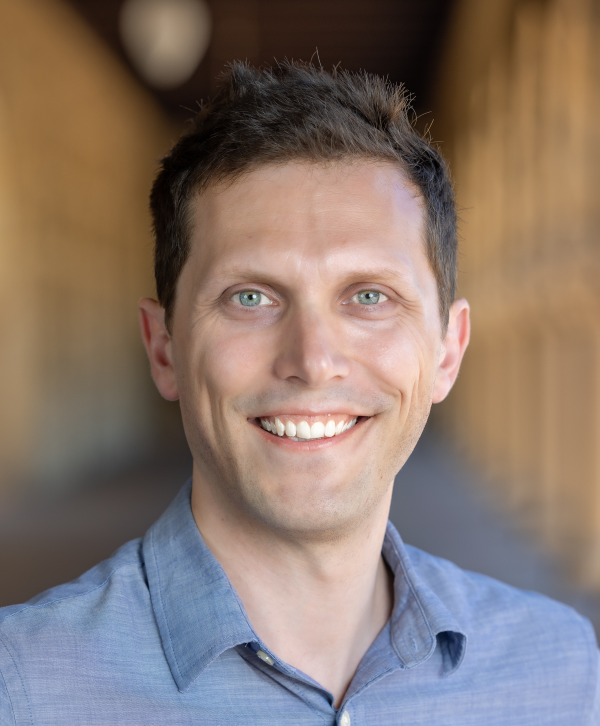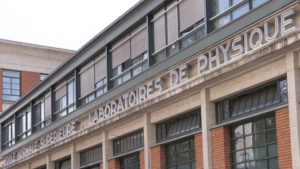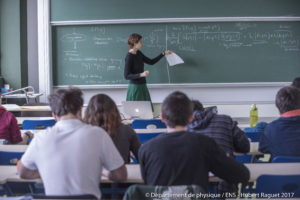Philippe Meyer Award Ceremony
April 04, 2025
Ecole Normale Supérieure, Salle Emile Borel, 29 rue d’Ulm, Paris 5e.
Program
14:00 – Introduction
14:15 – Benjamin Good
Statistical physics of evolving microbial communities
15:15 – Coffee break
15:45 – David Nelson (Harvard University)
Active Antagonism: Reproducing Microorganisms and Fluid Flows
The growth and evolution of microbial populations is often subject to advection by fluid flows in spatially extended environments, with immediate consequences for spatial population genetics in marine ecology, planktonic diversity and fixation times. We review recent progress made in understanding this rich problem in the simplified setting of two competing genetic microbial strains subjected to fluid flows. We first review microbial range expansion experiments on liquid substrates and then move on to discuss antagonism, i.e., two killer microorganism strains, each secreting toxins that impede the growth of their competitors (competitive exclusion), both with and without stationary fluid flows. Recent experiments that reveal the presence of a genetic line tension are described. Coupled reaction-diffusion equations that include advection by simple steady cellular flows composed of characteristic flow motifs in two dimensions reveal how local flow shear and compressibility effects can interact with selective advantage to have a dramatic influence on genetic competition and fixation in spatially distributed populations. We analyze a variety of 1d and 2d flow geometries including sources, sinks, vortices and saddles, and show how simple analytical models of the dynamics of the genetic interface can be used to shed light on the nucleation, coexistence and flow-driven instabilities of genetic drops.
16:30 – Jean-François Joanny (Collège de France)
Active Nematic Turbulence
In the limit of high activity, most active systems reach a state of spatio-temporal chaos which has been termed active turbulence. The aim of this talk is to describe our recent results on active turbulence in a single component nematic system in the limit where there are no nematic defects. We first discuss the flow instability of a homogeneous nematic states showing that it can be a supercritical or a sub-criticial bifurcation. We then show using large scale numerical simulations that there exist two turbulent states; a large scale fluctuating turbulent state and an arrested state. We show that the arrested state which is obtained for extensile rod-like nematics has a well defined labyrinth pattern of the nematic field and of the flow field. The slowing down of the fluctuations is due to a topological frustration of the labyrinth structure.
In collaboration with I. Lavi, R. Alert, J. Casademunt
17:15 – End

Benjamin GOOD










